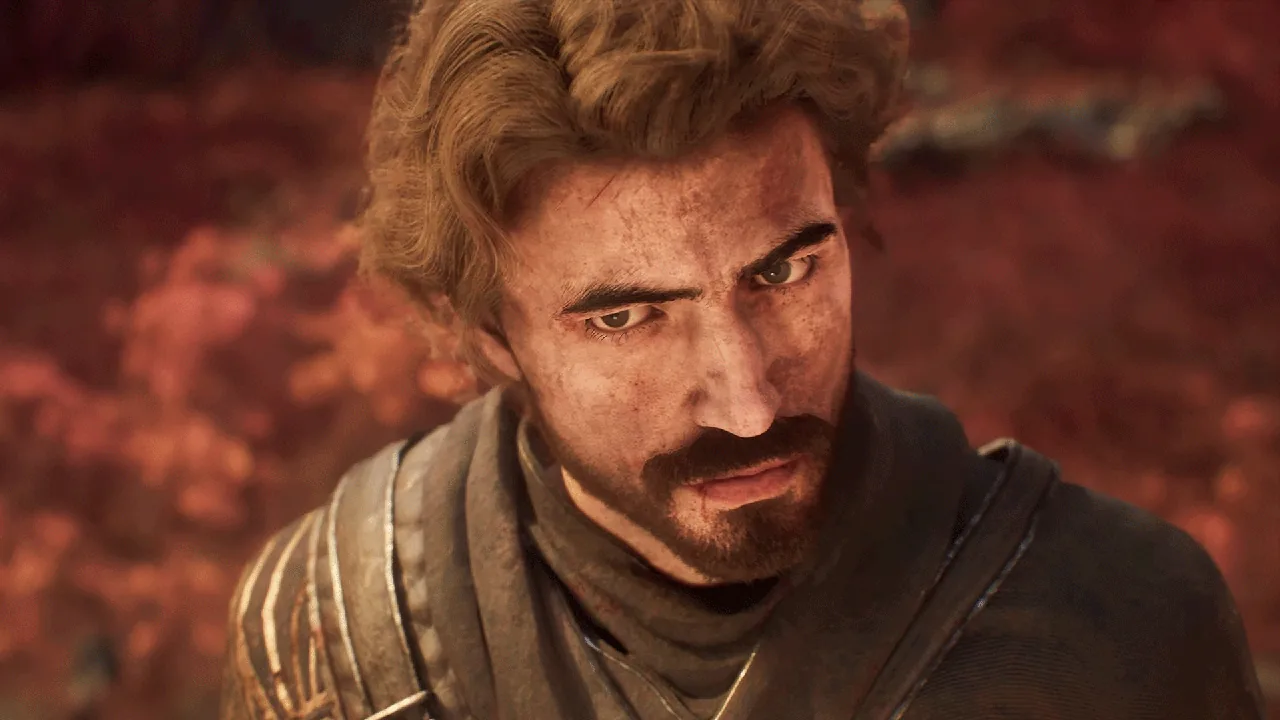Global Medium-Chain Triglycerides Market to Surge at a 13.6% CAGR Through 2031, Fueled by Wellness Trends and Ketogenic Nutrition
Market Size (Base Year & Forecast)
According to a new analysis by Reed Intelligence, the global Medium-chain Triglycerides (MCT) market is projected to grow at a compound annual growth rate (CAGR) of approximately 13.6% from 2023 through 2031.
For More Info-
https://reedintelligence.com/market-analysis/global-medium-chain-triglycerides-market
Key Highlights
Largest Region: North America remains a leading market, driven by advanced technology adoption and consumer demand.
Fastest-Growing Region: Asia-Pacific (APAC) is poised for rapid growth due to its large emerging economies and rising middle-class population.
Largest Segment (by Type): Among product types, Oil MCT represents a major share.
Fastest-Growing Segment (by Application): The Medical (or “Healthcare/Medical”) application segment is expected to grow strongly over the forecast period.
Market Dynamics
Drivers:
Rising global health and wellness awareness is a primary force propelling the Medium-Chain Triglycerides (MCT) market. The popularity of ketogenic diets, along with the increasing adoption of sports nutrition products, is driving demand. In parallel, the functional food and beverage sector is evolving, incorporating MCTs to meet consumer demand for performance-enhancing and clean-label ingredients.
Restraints & Opportunities:
Despite the strong growth outlook, the market faces challenges such as economic uncertainties, regulatory complexities, and potential supply chain disruptions. However, these restraints are also catalyzing innovation: companies are exploring new delivery formats (like gummies and capsules), personalized nutrition products, and MCT-based formulations for bakery and confectionery applications. These novel pathways create significant opportunities for differentiation and market expansion.
Top Market Players
Reed Intelligence’s report identifies several leading companies that dominate the MCT landscape:
IOI Oleo
Oleon
Stepan
BASF
KLK OLEO
Croda
Musim Mas
Sternchemie
BRITZ
Dr. Straetmans
Acme-Hardesty
Lonza
Kao Group
ABITEC Corporation
A&A Fratelli Parodi
Henry Lamotte Oils
Zhejiang Wumei
Avic Pharmaceutical
Wilmar
Segmentation (by Region & Category)
By Type:
Oil MCT
Powder MCT
By Application:
Food & Beverage
Medical / Healthcare
Personal Care & Cosmetics
By Region:
North America
Europe
Asia-Pacific (APAC)
LAMEA (Latin America, Middle East & Africa)
About Reed Intelligence:
Reed Intelligence is a leading provider of market research and strategic insights across healthcare, life sciences, and other industrial domains. Their Global MCT market report (Report Code: RI1205PUB) offers exhaustive analysis of market trends, regional dynamics, competitive landscape, and growth opportunities.
#Medium-Chain Triglycerides Market,
#Medium-Chain Triglycerides Market share,
#Medium-Chain Triglycerides Market trends,
#Medium-Chain Triglycerides Market growth,
#Medium-Chain Triglycerides Market size,
#Medium-Chain Triglycerides Market research,
#Medium-Chain Triglycerides Market report,
#Medium-Chain Triglycerides Market innovation,
#Medium-Chain Triglycerides Market Research Report,
#Medium-Chain Triglycerides Market CAGR,
#Medium-Chain Triglycerides
Global Medium-Chain Triglycerides Market to Surge at a 13.6% CAGR Through 2031, Fueled by Wellness Trends and Ketogenic Nutrition
Market Size (Base Year & Forecast)
According to a new analysis by Reed Intelligence, the global Medium-chain Triglycerides (MCT) market is projected to grow at a compound annual growth rate (CAGR) of approximately 13.6% from 2023 through 2031.
For More Info- https://reedintelligence.com/market-analysis/global-medium-chain-triglycerides-market
Key Highlights
Largest Region: North America remains a leading market, driven by advanced technology adoption and consumer demand.
Fastest-Growing Region: Asia-Pacific (APAC) is poised for rapid growth due to its large emerging economies and rising middle-class population.
Largest Segment (by Type): Among product types, Oil MCT represents a major share.
Fastest-Growing Segment (by Application): The Medical (or “Healthcare/Medical”) application segment is expected to grow strongly over the forecast period.
Market Dynamics
Drivers:
Rising global health and wellness awareness is a primary force propelling the Medium-Chain Triglycerides (MCT) market. The popularity of ketogenic diets, along with the increasing adoption of sports nutrition products, is driving demand. In parallel, the functional food and beverage sector is evolving, incorporating MCTs to meet consumer demand for performance-enhancing and clean-label ingredients.
Restraints & Opportunities:
Despite the strong growth outlook, the market faces challenges such as economic uncertainties, regulatory complexities, and potential supply chain disruptions. However, these restraints are also catalyzing innovation: companies are exploring new delivery formats (like gummies and capsules), personalized nutrition products, and MCT-based formulations for bakery and confectionery applications. These novel pathways create significant opportunities for differentiation and market expansion.
Top Market Players
Reed Intelligence’s report identifies several leading companies that dominate the MCT landscape:
IOI Oleo
Oleon
Stepan
BASF
KLK OLEO
Croda
Musim Mas
Sternchemie
BRITZ
Dr. Straetmans
Acme-Hardesty
Lonza
Kao Group
ABITEC Corporation
A&A Fratelli Parodi
Henry Lamotte Oils
Zhejiang Wumei
Avic Pharmaceutical
Wilmar
Segmentation (by Region & Category)
By Type:
Oil MCT
Powder MCT
By Application:
Food & Beverage
Medical / Healthcare
Personal Care & Cosmetics
By Region:
North America
Europe
Asia-Pacific (APAC)
LAMEA (Latin America, Middle East & Africa)
About Reed Intelligence:
Reed Intelligence is a leading provider of market research and strategic insights across healthcare, life sciences, and other industrial domains. Their Global MCT market report (Report Code: RI1205PUB) offers exhaustive analysis of market trends, regional dynamics, competitive landscape, and growth opportunities.
#Medium-Chain Triglycerides Market, #Medium-Chain Triglycerides Market share, #Medium-Chain Triglycerides Market trends, #Medium-Chain Triglycerides Market growth, #Medium-Chain Triglycerides Market size, #Medium-Chain Triglycerides Market research, #Medium-Chain Triglycerides Market report, #Medium-Chain Triglycerides Market innovation, #Medium-Chain Triglycerides Market Research Report, #Medium-Chain Triglycerides Market CAGR, #Medium-Chain Triglycerides






